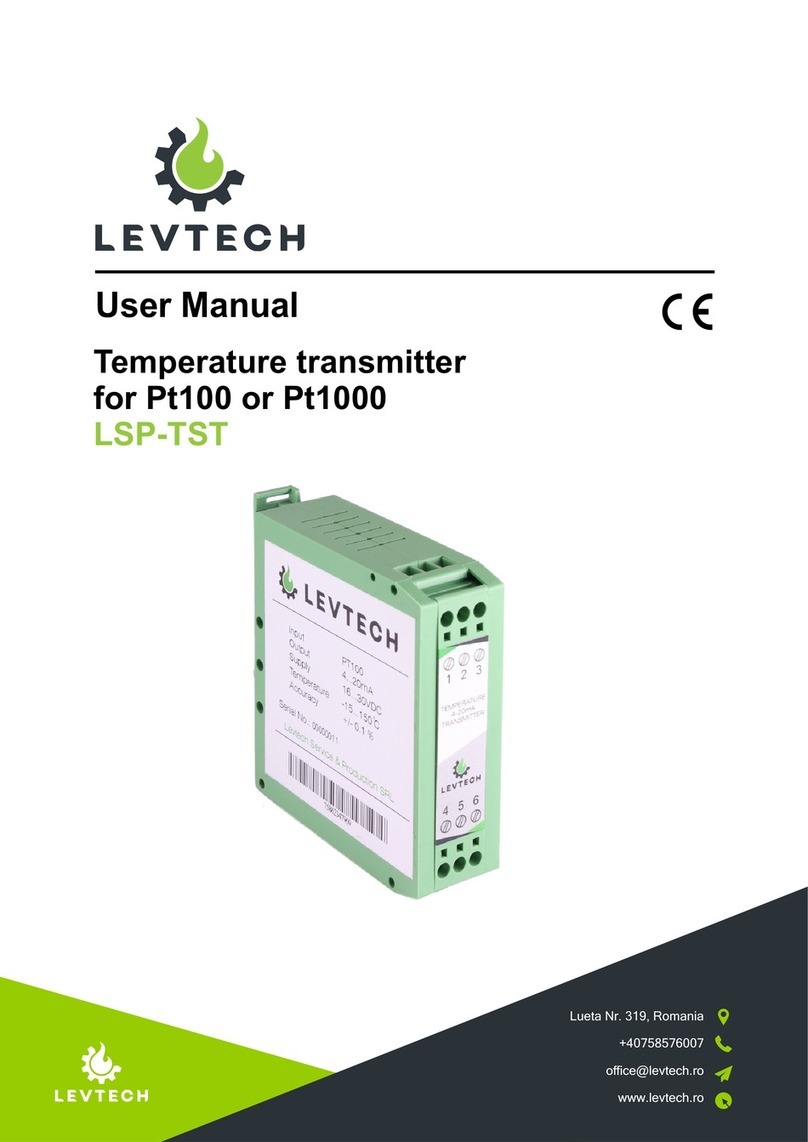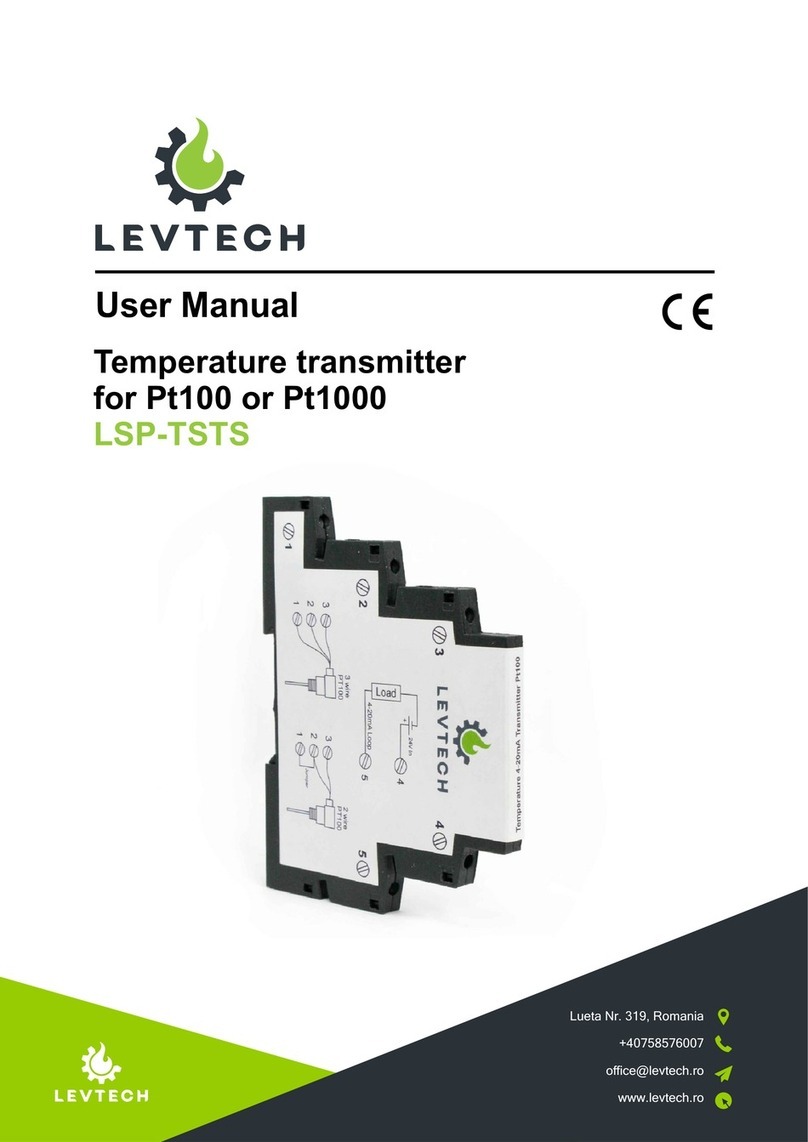
PREFACE..................................................................................................................... 3
Document Revisions .....................................................................................................4
Approvals......................................................................................................................4
1. INTRODUCTION.......................................................................................................5
1.1. General Information .................................................................................... 5
1.2. Support and Services...................................................................................5
1.3. Disposal Remarks........................................................................................5
2. SAFETY INSTRUCTIONS.........................................................................................6
2.1.Symbols....................................................................................................... 6
2.2. Receipt and unpacking.................................................................................6
2.3. Environment................................................................................................ 6
2.4. Mounting......................................................................................................6
2.5. Cleaning ......................................................................................................7
3. INSTALLATION AND WIRING ...................................................................................8
3.1. Installation on TS-35 DIN Rail.......................................................................8
3.2. Connections with Screw Terminals...............................................................8
4. DESCRIPTION..........................................................................................................9
5. FEATURES ...............................................................................................................9
6. SPECIFICATIONS .................................................................................................. 10
7. TERMINAL DESIGNATION..................................................................................... 11
8. DIMENSIONS..........................................................................................................12
9. CONFIGURATION OF THE PARAMETERS............................................................13
10. DEFAULT CONFIGURATION ................................................................................20
11. FUNDAMENTALS OF CONDUCTIVITY MEASUREMENT ................................... 21
12. ELECTRICAL DIAGRAMS.....................................................................................22
13. APPLICATIONS .................................................................................................... 25
14.OPERATION AND MAINTENANCE .......................................................................26
14.1. Operation .................................................................................................26
14.2. Maintenance ............................................................................................26
15. WARRANTY DISCLAIMER....................................................................................26
16. CONTACT INFORMATION ....................................................................................27
Table of Contents






























